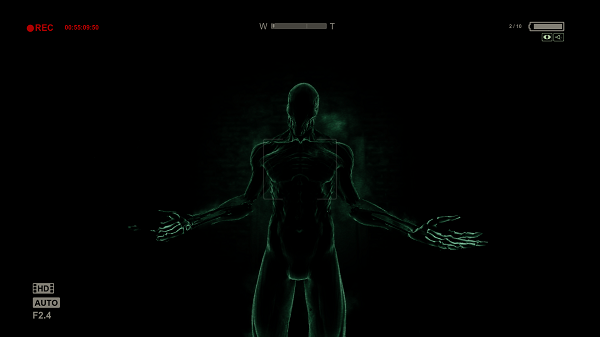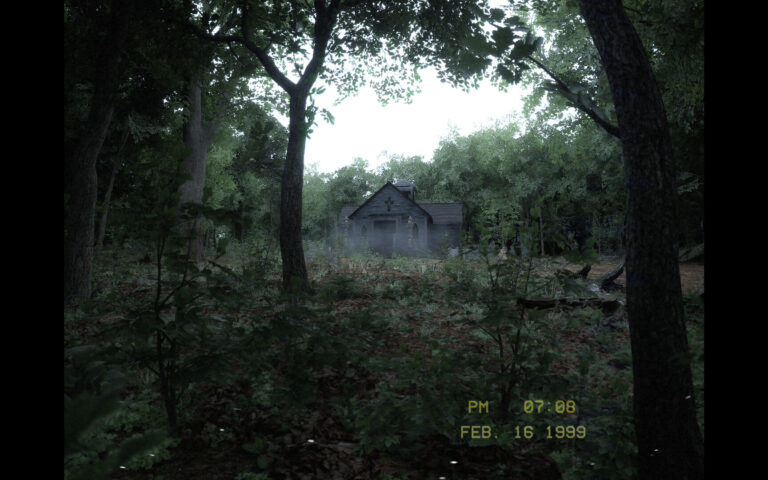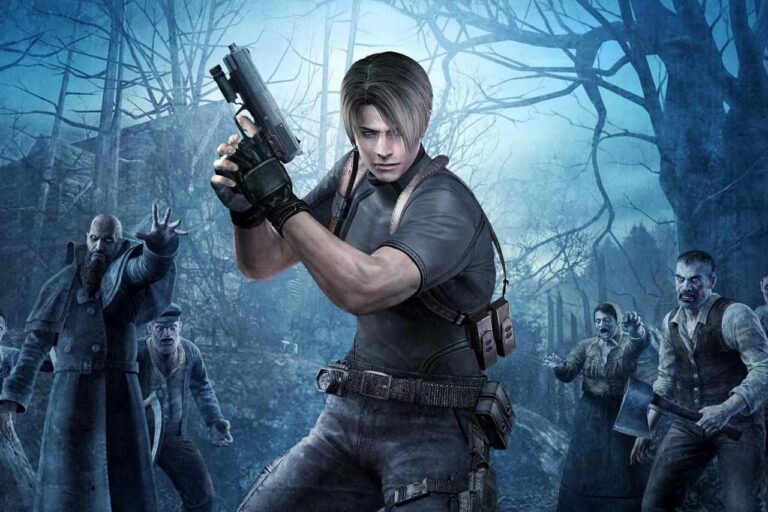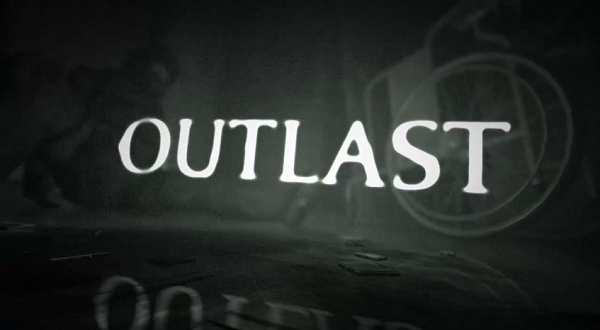
At the time of its release, I truly did not expect that Outlast would become one of my favorite games of 2013. Combining stunning visuals, a questionable intimacy with derangement, and quality scares, French Canadian developer Red Barrels have established themselves as experts in the horror genre with the release of their first game, Outlast.
Whistleblower, Outlast‘s expansion released recently and with its end comes a desire for more. It’s no secret that Red Barrels is looking into developing a true sequel to Outlast; based on Whistleblower‘s ending (along with the main game’s), we can expect the fallout of Mount Massive Asylum to be pretty significant.
This brings me to the article’s namesake: Where does Outlast go from here, and what are some things I hope to see from a sequel? Let’s think about it, shall we?
Story
Outlast has a fairly straightforward story on the surface: you’re a guy stuck in an asylum for the criminally insane that have been experimented on by an evil corporation to make them even more insane. Where Outlast‘s story shines with promise is the background information found within the game’s notes. The Murkoff Corporation’s desire to create nanomachine sentience came from decades of research, greed and nazi-occult origins. Murkoff wasn’t going to win any awards for humanitarianism, that’s for sure, and their research – like in any good horror story involving scientific experimentation- backfired on them.
What I’d like to see from Outlast 2 is a much more story driven game. Outlast‘s narrative is effective in driving players from point to point, but it’s not exactly compelling stuff. Outlast 2 would greatly benefit from characterizations not only from psychopaths, but also the protagonist and supporting characters.
Regardless of how Red Barrels’ approaches the story of Outlast 2, whether they include a new protagonist, the return of Waylon, or even Miles, the silent protagonist shtick only works for so long and has its limitations. Personally, I wouldn’t mind the protagonist having a personality this time around instead of being a shell for the player. I understand the immersive potential of a silent protagonist – allowing the player themselves to do the reacting, but a few lines of dialogue wouldn’t break relatability with the playable character.
The Murkoff Corporation’s Morphogenic Engine and the Walrider project was a success – unfortunately for them. Journalist Miles Upshur witnessed the horrors of the asylum and this led him to becoming the host of the Walrider: Murkoff’s experimentation with sentient nanomachines.
Waylon Park, former Murkoff employee and star of Whistleblower, escaped the asylum with a story to tell the world. Miles, too, escaped the confines of Murkoff’s heinous research facility and with him the potential to recreate the nightmare he so sought to expose.
For the same sort of chaos to unfold in Outlast 2 as it did in the first game, the Walrider is going to have to affect another population of people. If Miles has any influence over the Walrider – which he may have considering Billy allowed Doctor Wernicke to live when he was its host and Mile’s saving Waylon from being killed by Jeremy Blaire at the end of Whistleblower – then perhaps we can expect a visit to another Murkoff facility; a place ravaged by Wal-Miles’ revenge. Would Outlast 2 take place in another asylum? I doubt it will, and I don’t think it should.
Horror
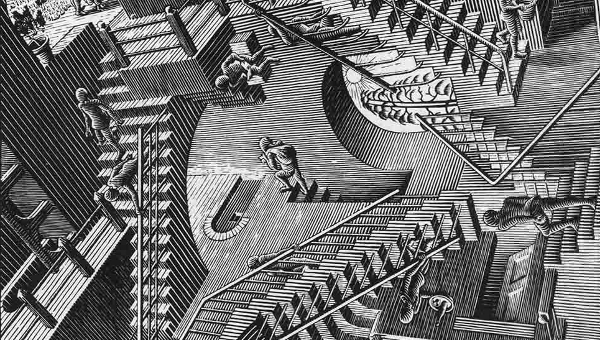
With the success of Outlast, it is my hope that the sequel will be bigger in scope, but do nothing to lessen its survival horror aspects. It’s important that Outlast 2 retains the feel of the original with a story that focuses on the dangerous implications of having the Walrider released into the world.
Within Mile’s personal notes it was suggested that the Walrider’s presence began affecting his mind, taking its toll and leading him to insanity. This was not fully explored within the game and I believe it’s just what Outlast 2 could use to differentiate itself from the first game and Whistleblower.
Psychological horror within Outlast 2 would allow Red Barrels to ramp up the type of scares seen in the game by no longer being constrained by plausibility.
Outlast features a lot of jump scares, well done jump scares, but there comes a time where a series of surprise “boos” begin to feel old and unexciting. A psychological aspect to Outlast 2 would mean that Red Barrels could incorporate some subtlety and a higher level of imagination to the scares.
What I personally find far more effective than something jumping out at you is the fear of one’s self. Playing as a character that’s losing their grip on sanity allows Red Barrels to do far more in terms of creative scares. In a series like Silent Hill, the world around the player ranges from the standard dilapidated building to abstract and impossible architecture with strange paths and and turns. Giving Red Barrels’ talented artists free reign to design environments that do not have to adhere to reality would be effective in scaring the player in surprising new ways.
Gameplay
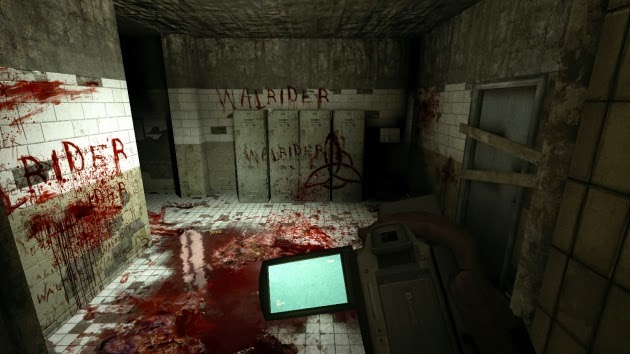
Outlast‘s gameplay is simple and functional, and I don’t think it will need to be overhauled extensively, just tweaked enough that more variety can be found in its sequel. For starters, I have seen complaints regarding the game’s stealth mechanics becoming too repetitive, and had the game been longer, I too could have seen it become an issue.
Due to the game’s no-combat nature, running and hiding from threats is a necessity. Outlast’s enemies must be avoided in order to remain alive, and there are all but a few ways to escape from foes: hiding under beds or hiding in closets. What Outlast 2 could do is ramp up the stealth aspects and incorporate some means for its protagonist to not only stay out of the line of sight, but also misdirect.
The AI of enemies in Outlast behave much like heat-seeking missiles. Once a target is seen, they take chase only stopping when the target is out of the line of sight. If enemy AI is improved to include more states of awareness, then mechanics like misdirection via a thrown item or distracting sound could be added to the game, further expanding the game’s stealth aspects.
As for the game’s main tool: the video camera, I don’t think that Outlast 2 should change its use all too much, but, perhaps, include more points in the game where the camera’s reliability is at risk, whether that be a result of psychological or physical interference. For example, traversing an area that appears different through the camera and through the player’s eyes. This could work with environmental “puzzles” as well.
–
And that’s about all I can really say about what I want from Outlast 2. In the end, the sequel will in the hands of Red Barrels, but I do very much hope for the best from it. If there was one thing I’d really like to see, it would be a psychological aspect; there are many ways the developer can go with that path, in terms of both level design and horror.
So, what do you want from Outlast 2?

